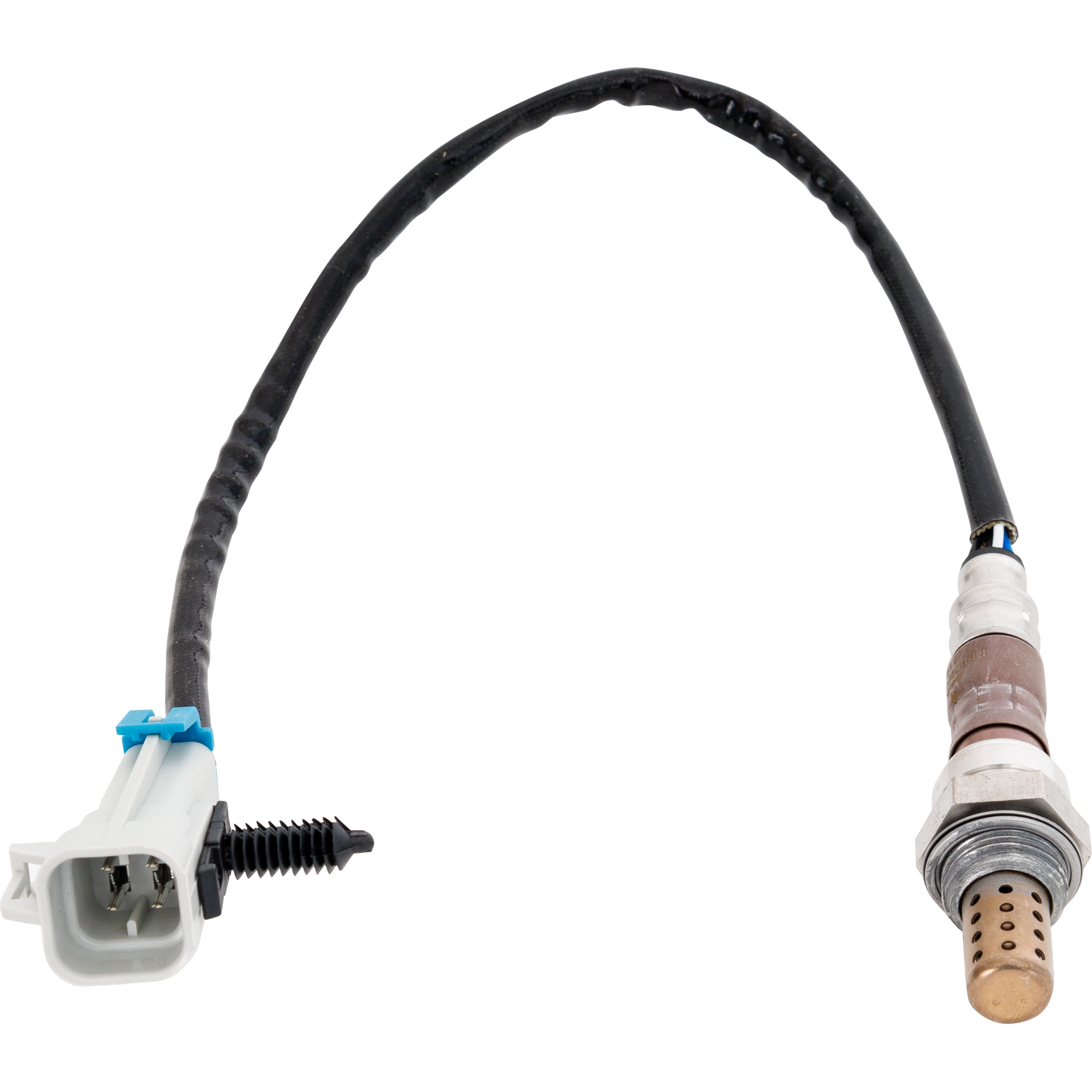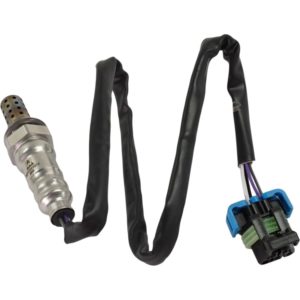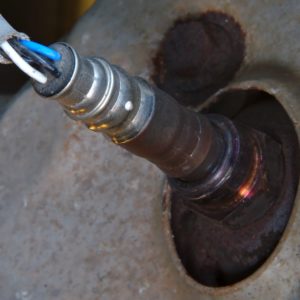You may have encountered the P0054 engine code in the past or you might be dealing with it now. This short guide can help you understand more about this code, its possible causes, and common symptoms.
What Does the P0054 Code Mean?
Diagnostic trouble code (DTC) P0054 stands for “HO2S Heater Resistance (Bank 1, Sensor 2). This code is set when the powertrain control module (PCM) detects a potential issue with the heater circuit of the downstream (post-catalytic) oxygen (O2) sensor in the engine bank 1. If the PCM detects a certain level of resistance from the oxygen sensor heater circuit that’s higher than the programmed values, the P0054 code will be stored.
The “Bank 1” in the code’s definition refers to the side of the engine that contains cylinder #1, while the “Sensor 2” in the definition refers to the downstream or post-catalytic oxygen sensor.
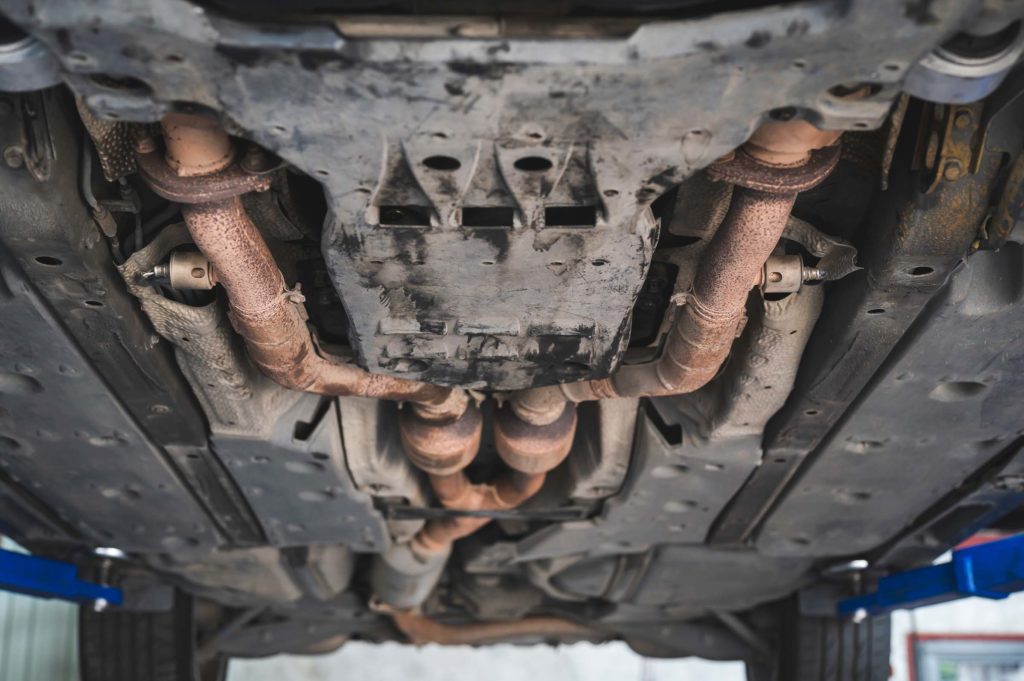
If you want to learn more about oxygen sensor locations, you can read our brief guide about Bank 1 and Bank 2 oxygen sensors.
Note: The definition of code P0054 may be different depending on the vehicle manufacturer. Consult the appropriate repair manual or repair database for the exact code definition.
More About Oxygen Sensors
Many oxygen sensors contain a Zirconium dioxide sensing element. Zirconium is an electrically conductive material that’s capable of generating a small voltage in the presence of oxygen, which is why it’s used in these sensors. The sensing element is encased in a steel housing that protects it. Oxygen sensors are typically installed in the exhaust and/or downstream from the manifold in the exhaust pipe.
The PCM uses the data from the oxygen sensors to measure the oxygen content in the exhaust. The PCM also takes this information into account to finely tune the appropriate air-fuel mixture and calculate fuel delivery and ignition timing.
Oxygen sensors need to reach a certain temperature to make really accurate oxygen level readings. That’s why oxygen sensors rely on a heating element in order for them to get up to operating temperature more quickly. The voltage needed for the heater to function is supplied via an ignition voltage circuit that may have an in-line fuse.
In low engine coolant temperature conditions, the PCM takes steps so that battery voltage is applied to the heater of the oxygen sensor. This process takes place until the engine reaches its normal operating temperature and the PCM enters a closed-loop operation.
To learn more about the oxygen sensor heating process, read our technical discussion about why O2 sensors need to be heated.

What Are the Possible Causes of the P0054 Code?
Just like most OBD-II codes, there are a handful of reasons why the P0054 code might be stored. Below is a list of some of the possible causes for the P0054 code to be recorded. Note that determining the proper root cause of a trouble code is crucial to fixing the issue.
- Burnt, broken, or disconnected wiring and/or connectors
- Faulty oxygen sensor
- Blown fuse or burnt fusible link
- Defective engine control relay
- PCM failure
What Are the Common Symptoms of the P0054 Code?
You might encounter a couple of signs if you’re dealing with the P0054 code. If you notice the following signs or a combination of which, you’ll need to take certain steps to address the underlying issue.
- Malfunction indicator lamp (MIL) or check engine light is illuminated
- Reduced fuel economy
- Other related DTCs could also be stored
How to Diagnose the P0054 Code
Proper diagnosis of trouble codes is essential in reaching an effective and long-term solution. OBD-II codes, such as the P0054, have a lot of possible causes. Because of this, determining the root cause of the issue can be difficult, but it’s still possible.

Repair manuals and databases are the best sources for troubleshooting and repair information. These sources contain specific and detailed repair instructions, as well as diagrams and illustrations that are easy to understand. Alternatively, you can use other sources online, such as how-to-videos and the like.
How to Fix the P0054 Code Issues
Note that this is not the only way to fix P0054 because there is no single cure-all solution for many problems that set OBD-II codes. First, there are a handful of possible causes per code. Second, vehicles are made differently, depending on the manufacturer. Repair instructions may be different for a Toyota and a Chevy.
Your best option is to consult repair manuals and databases because they contain important repair information. These materials are really helpful for seasoned DIYers. You can also have your vehicle inspected and repaired by certified mechanics and technicians if you’re unsure about doing these kinds of repairs on your own.
Other Notes About P0054
The P0054 code can be categorized as a severe code. When this code appears, it may indicate that the upstream oxygen sensor heater is inoperable. Oxygen sensor replacement is a common solution, but this may not apply to all cases.
Where to Find a New Oxygen Sensor
If your vehicle has logged code P0054, don’t ignore it. Not only will it have your ride using more fuel than normal, but it might also affect other parts. Instead of a simple oxygen sensor replacement, you might have to do more extensive repairs. Thankfully, it’s easy to shop for a new sensor at CarParts.com.
We have a wide selection of on-hand and ready-to-ship oxygen sensors at competitive prices. Place your order today, and we’ll deliver what you need to your doorstep in as fast as two business days.
Fill out our vehicle selector to view the O2 sensors that fit your ride. Then, use the filters to narrow down the results to the parts that match your preferred brand, price range, and specs. We source our products from leading aftermarket brands, so rest assured that you’ll get a replacement part that’s built to last.
Fix code P0054 as soon as possible by replacing your old oxygen sensor with a new one. Check out our selection of quality sensors today.
Products Mentioned in this Guide
Shop this Project



Any information provided on this Website is for informational purposes only and is not intended to replace consultation with a professional mechanic. The accuracy and timeliness of the information may change from the time of publication.



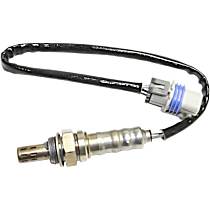 Oxygen Sensor
Oxygen Sensor
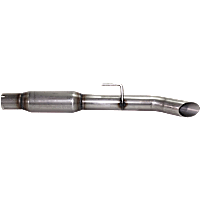 Exhaust Pipe
Exhaust Pipe
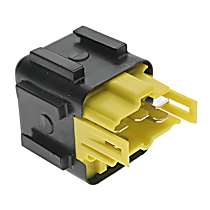 Engine Control Module Relay
Engine Control Module Relay
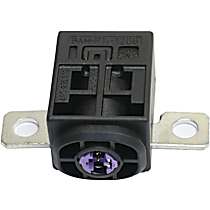 Fuse
Fuse
